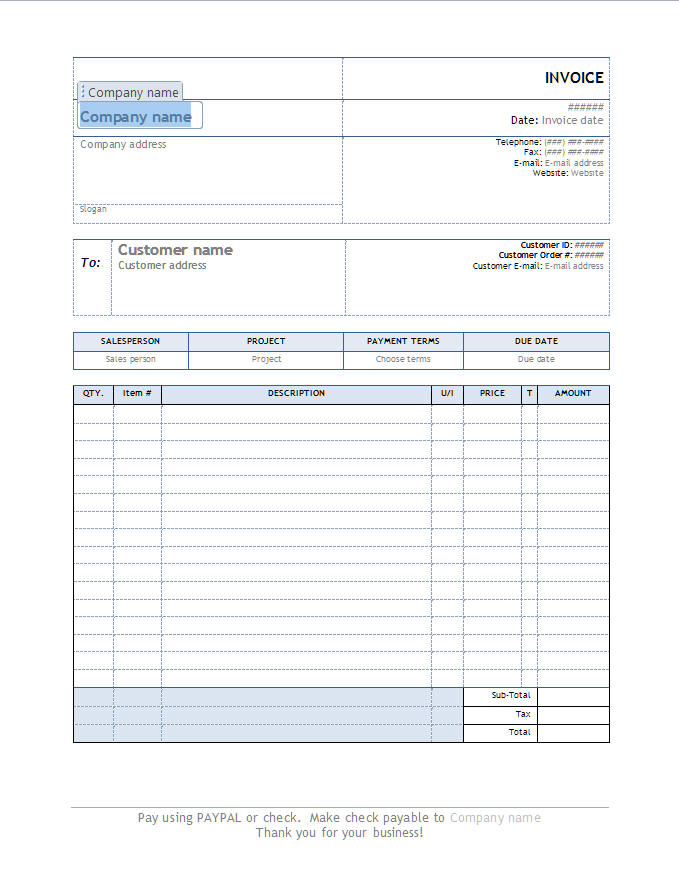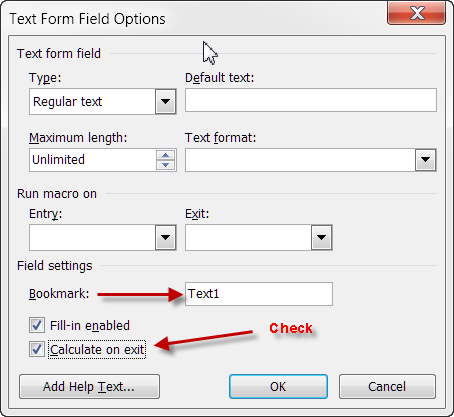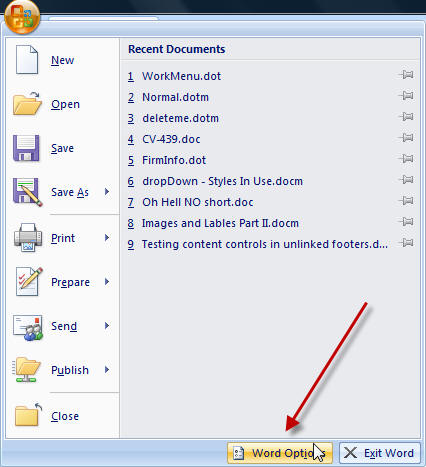

Here's how you can do it by adjusting the Alignment property. If you are applying formatting from within a macro, you may want to change the alignment of various paragraphs. When text is added to your document by a macro, and that text includes quotes or apostrophes, Word won't change the quotes or apostrophes to "smart quotes." This tip explains why and shows what you can do about this predicament. Need to add parentheses around some word or phrase? Here's a quick macro that makes this simple edit in one step. Doing so easily and in the format you want may be a challenge, but it is not an insurmountable one. Your computer knows the current date and time, and Word provides ways you can get that date and time into your document.

One of the easiest ways to quickly access a macro is to assign it to the Quick Access toolbar. If you want to do the same thing under the control of a macro, it is helpful to understand exactly what AutoFormat is really doing.Īdding a Macro to the Quick Access Toolbar The AutoFormat feature in Word allows you to type special character sequences (such as three dashes or three underscores) and have them automatically converted to full-width lines. When creating macros, you might want to know if a user has made changes in the document or not. Need to process a document, paragraph by paragraph, in a macro? It's easy to do once you understand that Word's object model allows you to access each paragraph individually. This tip presents a few macros that can help in this regard. In that case, it could be handy to know the footnote number in which the insertion point is located.

If you are working with a document that includes footnotes, you might use a macro to do some processing of that document.


 0 kommentar(er)
0 kommentar(er)
